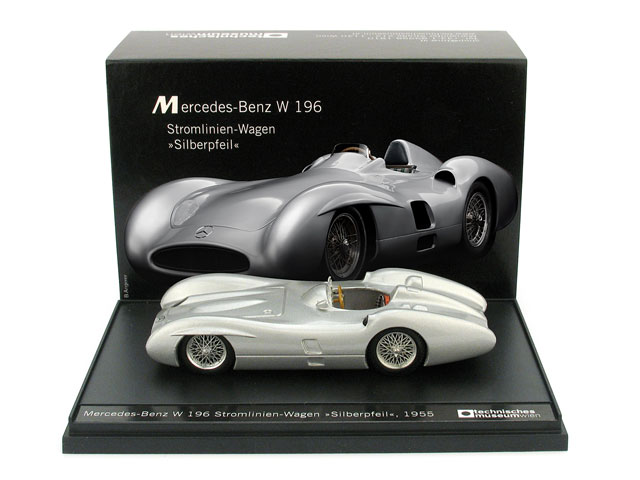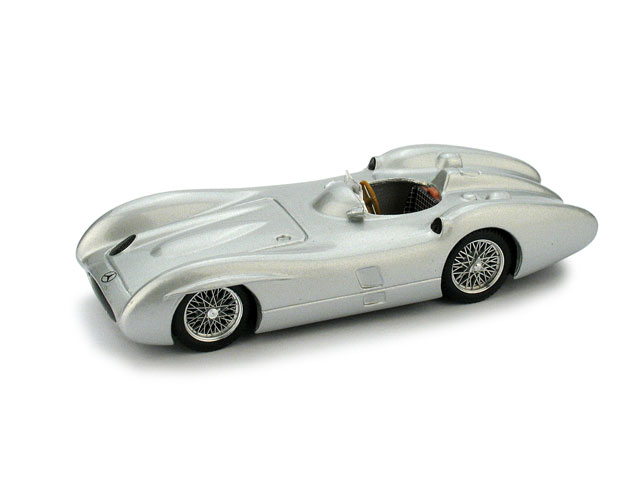brumminfo S0731
|
Technisches Museum Wien
|
|
 |
|
|
|
|
|
The comeback of the century
|
|
| One word came to symbolize engineering, motorsport, and the emotions that inhabit it: the Silver Arrow. Its origin was accidental and goes back to a decision taken by the long-standing racing manager of the Mercedes Benz team Alfred Neubauer. It seems that prior to the Nürburgring race of 3 June 1934 the Mercedes-Benz W 25 failed to meet the weight limit of 750 kg prescribed by the governing body by just over one kilo. To make sure the car was not one of those left behind on the scrutineering scales before the start at the race, the entire team of mechanics set about scraping Germany’s traditionally white racing paint off the bodywork, revealing the shining silver aluminium beneath. As a result, the W 25 complied with the regulations – and was as shiny as new coin. Whether or not the story is true, the nickname for the silver racers from Mercedes-Benz has held for seven decades. After World War II, Mercedes returned to Grand Prix racing with the W 196, and at its debut in Reims on 4 July 1954 celebrated a winning one-two with Juan Manuel Fangio and Karl Kling separated by one tenth of a second, and more than a lap ahead of the rest of the fi eld. Throughout the entire racing seasons of 1954 and 1955, the Mercedes-Benz team won nine of the thirteen Grand Prix races in which it competed. The driving force behind these successes was the outstanding 8-cylinder in-line engine comprised of two four-cylinder blocks with central power take-off, desmodromic valve gear, roller-bearing crankshafts, and direct fuel injection. It was with this Silver Arrow – albeit with open bodywork – that Stirling Moss won his home race, the British Grand Prix at Aintree in 1955. |
|






